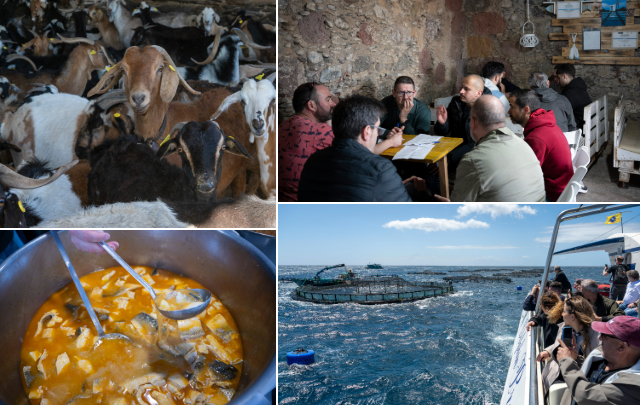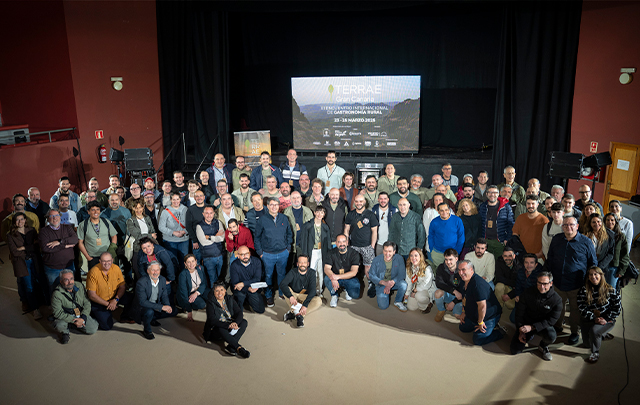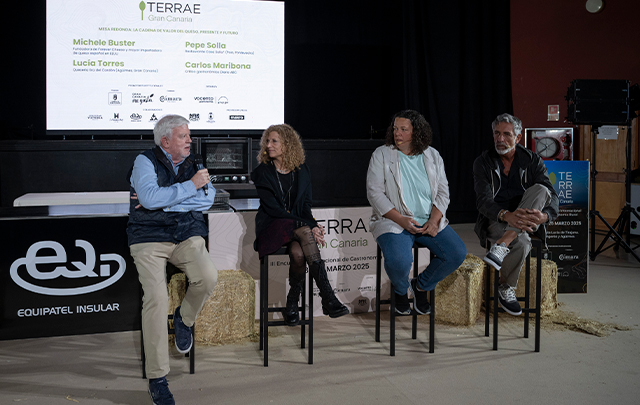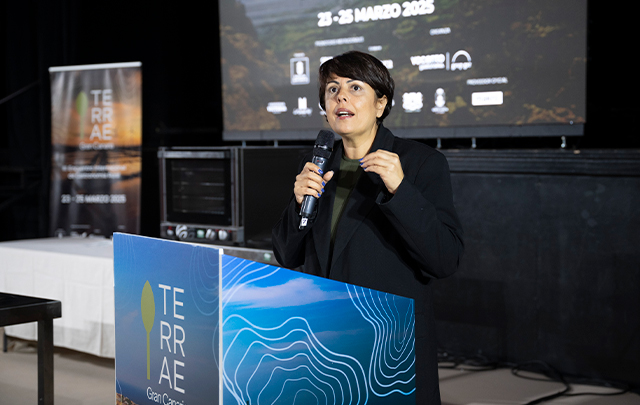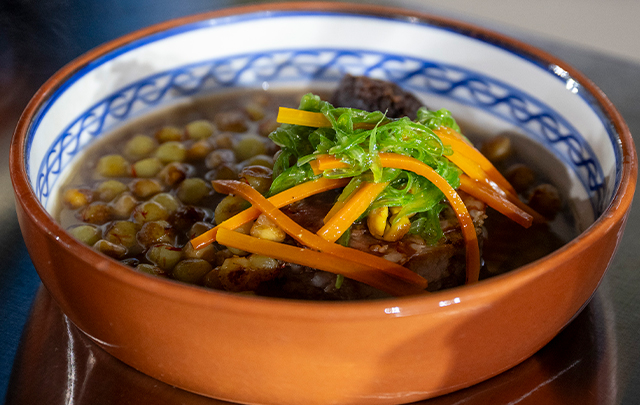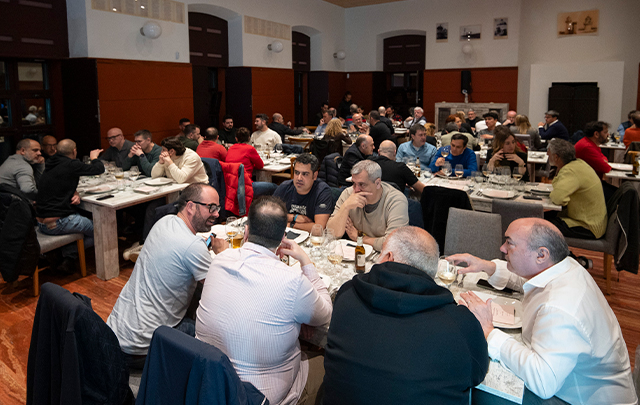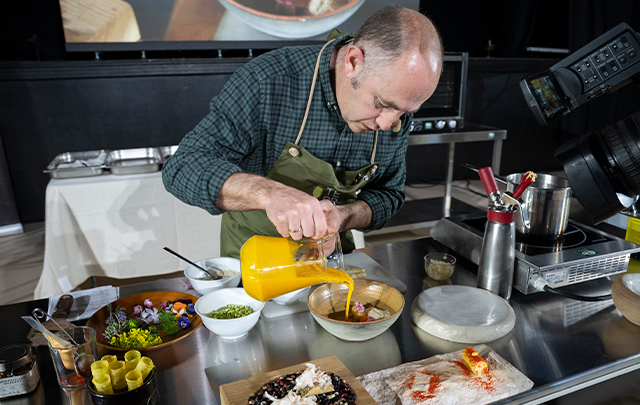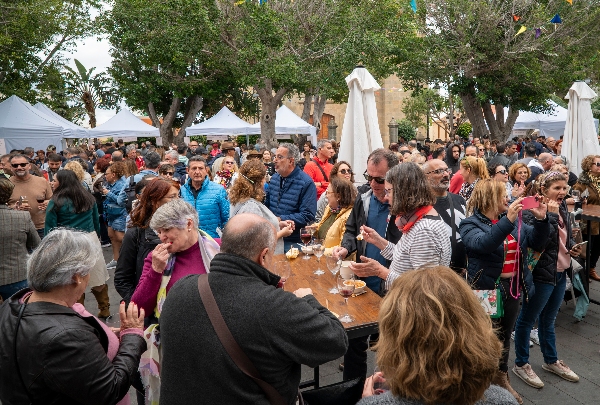News
"Gran Canaria is a mini continent"
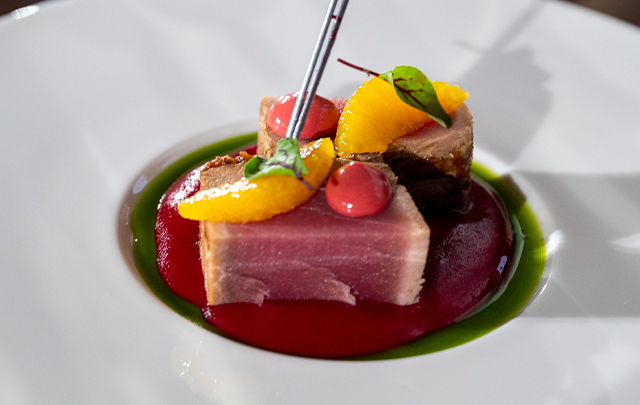
Víctor Lugo and chef Aridani Alonso cook the riches of the Agaete Valley and the Sacred Mounts at Terrae Víctor Lugo presented his restaurant Casa Romántica as 'a restaurant born in 1976 from the hands of a Swiss chef who fell in love with the Agaete Valley in the northwest of Gran Canaria'. Even then, he was talking about the local produce and the region to create a very Swiss cuisine, but using the raw materials of the valley,' he recalls. The mountains of the Canary Islands, which have the UNESCO World Heritage designation, have a special climate and volcanic soils that give the coffee from the Agaete Valley its acidity, body and aroma, a very aromatic coffee with hints of chocolate, liquorice and a touch of citrus fruit such as mandarin. We export to 40 countries, but without paying for transport or customs, because it is carried by the 80,000 people who visit us every year. We sell it all over the world, but we only sell it in the Agaete Valley because we want it to be exclusive,' they explain in the introductory video.
The gastronomic offer at Casa Romántica is closely linked to the estate's vegetable gardens and farms, as well as the quality of the raw materials from local producers, as one of its hallmarks is sustainability. The island of Gran Canaria is a continent in miniature, an island of products, flavours, cheeses, wines, breads, fish... we have such a variety of products that we have to feel like ambassadors for them all. And that's what we wanted to demonstrate at Casa Romántica,' says Lugo, presenting Tuno Indio as the star ingredient in Terrae's cuisine. It can be found on all the slopes of the island and has some spectacular qualities, although it has not been fully appreciated,' he said, before introducing Aridani Alonso, the chef at Casa Romántica, who has worked in the best kitchens on the island and knows how to get the best out of the Canarian larder.
Native delicacies in avant-garde dishes
Like the prickly pear, the Indian fig is a superfood because of its enormous nutritional properties, "and for Canarians it is the red fruit, as antioxidant as any berry, and very typical of the Agaete valley," Aridani said, announcing three dishes. The first, a liver sweet made with beef liver paste in salmorejo, "a typical Canary marinade, mixed with half-whipped cream and bathed in Indian tuna, is our first starter on the tasting menu," he said.
In addition to the tuna, the second course featured another seasonal ingredient, yellowfin tuna. Inside a circle of seaweed oil painted on the plate, and on top of an emulsion of tuno indio, he placed two portions of tuna loin, topped with dots of tuno mojo sauce and orange segments and sorrel leaves. He finished off with one of the two desserts on the menu, "made with red wine and Valsequillo strawberries, consisting of diced strawberry jelly, pieces of strawberry soaked in roiboos and pink pepper, meringues and vinegar aged for a long time in a barrel, mint leaves for freshness, and topped with vanilla foam and tuno ice cream. Finally, Aridane presented the project of refining cheeses with different flavours, one of which is matured in Indian tuna.


